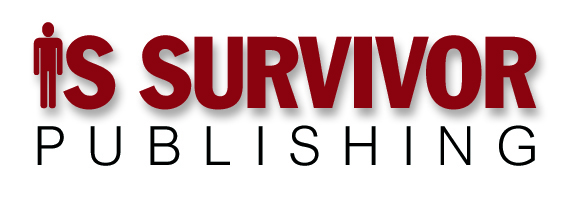It’s a scandal! It’s a waste of taxpayer dollars (roughly $1 per taxpayer)! It’s proof, if I’d just take my partisan blinders off, as one commenter put it in response to last week’s column, that the federal government is totally incompetent at project management!
Bad project execution is a partisan issue? Seriously?
One failed project no more proves the federal government is “bad at project management” than NASA’s three blindingly successful Mars rover missions prove it’s good at it.
For that matter, the myriad, usually buried-in-the-back-yard private sector project failures tell us Healthcare.gov’s problems probably have little to do with the .gov part. Big projects are risky, for well-known reasons.
Any number of commentators have emitted strongly-held opinions about this mess, whether or not they know anything at all about software development, systems integration, or project management.
And yet, few of the mistakes that mattered were either intrinsic to government or were project management failures. What they were was entirely unoriginal. For example:
Integration engineering: It is by now well known that Healthcare.gov integrates information from more than a dozen back-end databases, synchronously, in real time. It is the big flaw.
But project management isn’t software engineering. Project managers make sure the tasks in a project adhere to the budget, schedule … and specifications. They don’t pass judgment on the specifications, unless they also happen to be software engineers.
The design was questionable at best. When a system has to consult a bunch of other systems … Healthcare.gov retrieves applicant information from quite a few other government databases … its response time can’t be any faster than the slowest of them. And as those systems weren’t designed to handle the additional processing load from Healthcare.gov, this was risk piled on risk.
My guess, based on no knowledge at all of this project, but plenty of experience in how these things happen: Either an engineering purist insisted on design elegance, or a non-technical manager overruled the experts for political reasons. Regardless, this problem had nothing to do with project management.
Agile? Quite a few commentators have suggested this should have been an Agile project. They’re wrong.
First, see above. Agile wouldn’t have avoided bad integration engineering. Second, Agile shines when planners can break a big effort into small chunks; when the whole organization has to “learn its way into” how the software should work; and when user-interface design dominates the effort. In the more common software development situations, that is.
But not Healthcare.gov. It had a detailed spec. It’s called the Affordable Care Act. Its business logic is complex. This is where you do want waterfall, not iteration and high levels of user involvement.
Slavish Adherence to Deadlines (SAD?): This was a sponsorship issue, making it a project management problem but not a problem of having bad project managers.
It’s banal and ubiquitous: In big projects, when early phases go long, everyone tells each other they can make up the time in later phases. Eventually, the only phase left to make it up in is testing.
And as everyone in the software business knows, you always test software, and test it thoroughly. The only question is whether you test it before it goes into production or after.
Deadline-adherence is a choice. Sometimes, as in Y2K remediation or product rollouts, the deadlines are real. Usually, SAD comes either from politics trumping engineering or the next topic, which is …
Optimism bias: I’m speculating but it’s a pretty safe bet. Throughout any big effort, sponsors … who are supposed to be professional optimists because otherwise they’d never do anything as crazy as sponsoring the project … often pressure project managers to commit to an aggressive schedule, or accept risks they shouldn’t.
Among the reasons is the time-honored tradition of Solving for the ROI. Another is the sponsor’s reputation for delivering the goods.
With Healthcare.gov, on the front end contractors knew that price and schedule would be key to winning the business. At the back end, everyone in the Obama administration’s decision hierarchy had committed to a date.
I doubt any of them lied, except to themselves. They succumbed to optimism bias.
Learning?
There’s nothing to learn from this little contretemps. Nothing at all.
The problems with the Healthcare.gov project are well-known, entirely preventable mistakes. If you want lessons to learn, maybe these: Make sure your sponsors know how to sponsor, and make sure key engineering decisions get a thorough vetting.
But really, I sure hope neither of these are lessons. Reminders, perhaps … of lessons learned long ago, over and over and over.
